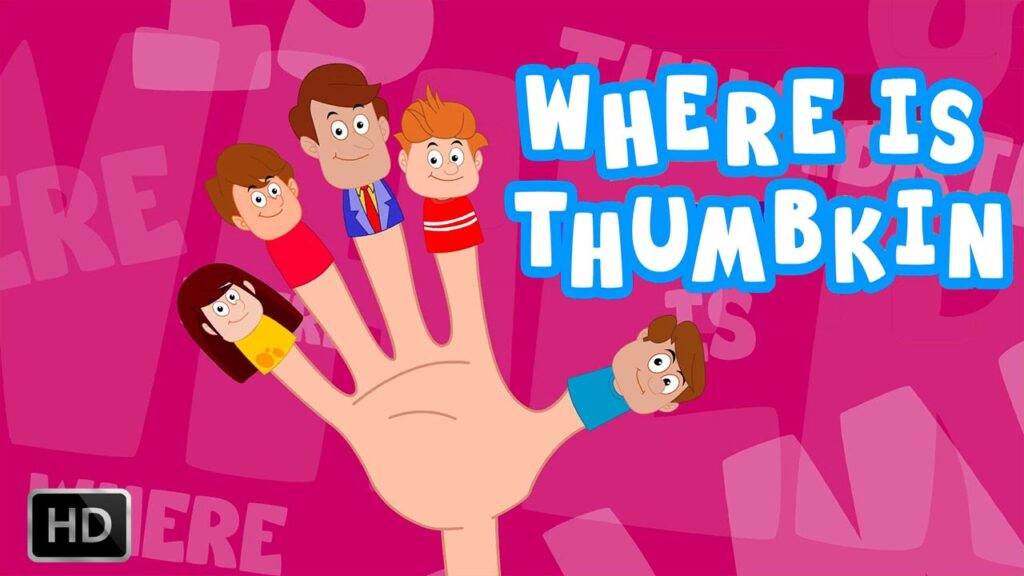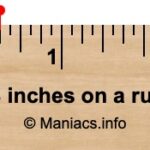Where Is Thumbkin: A Comprehensive Exploration
“Where Is Thumbkin?” is a classic children’s song that has been a staple in early childhood education for generations. This engaging and interactive song not only entertains young children but also serves as an educational tool that introduces them to the names and functions of their fingers. In this article, we will delve into the origins, lyrics, educational benefits, and various activities associated with “Where Is Thumbkin.” We will also explore its significance in early childhood development and provide a detailed FAQ section.
Origins of “Where Is Thumbkin?”
The origins of “Where Is Thumbkin?” are somewhat unclear, but it is believed to have roots in traditional children’s music. The song is often associated with the melody of “Frère Jacques,” a French nursery rhyme. It has been adapted and sung in various cultures, making it a universal children’s song.
Historical Context
The song has been passed down through generations, often sung in homes, preschools, and kindergartens. Its simple structure and repetitive nature make it easy for children to learn and remember. The song serves as a fun way to engage children in finger play, helping them develop fine motor skills while learning about their bodies.
Lyrics of “Where Is Thumbkin?”
The lyrics of “Where Is Thumbkin?” are simple and repetitive, making it easy for children to follow along. Here are the lyrics:
Where is Thumbkin? Where is Thumbkin?
Here I am, here I am.
How are you this morning?
Very well, I thank you.
Run away, run away.Here I am, here I am.
How are you this morning?
Very well, I thank you.
Run away, run away.
Here I am, here I am.
How are you this morning?
Very well, I thank you.
Run away, run away.
Here I am, here I am.
How are you this morning?
Very well, I thank you.
Run away, run away.
Here I am, here I am.
How are you this morning?
Very well, I thank you.
Run away, run away.
Here we are, here we are.
How are you this morning?
Very well, we thank you.
Run away, run away.
Educational Benefits of “Where Is Thumbkin?”
1. Fine Motor Skills Development
One of the primary educational benefits of “Where Is Thumbkin?” is its ability to promote fine motor skills. As children sing the song, they use their fingers to represent each character, which helps strengthen the muscles in their hands and improve dexterity. This is particularly important for young children as they prepare for tasks like writing and drawing.
2. Cognitive Development
The song encourages cognitive development as children learn to associate each finger with a name and a role. By identifying their fingers as Thumbkin, Pointer, Tallman, Ringman, and Pinkie, children develop an understanding of their bodies and enhance their vocabulary.
3. Social Interaction
“Where Is Thumbkin?” is often sung in group settings, making it an excellent tool for promoting social interaction. Children learn to take turns, listen to each other, and participate in a shared activity. This fosters a sense of community and teamwork among young learners.
4. Language Skills
The repetitive nature of the song helps reinforce language skills. Children practice pronunciation and learn new vocabulary words associated with their fingers. Additionally, the song’s structure encourages them to anticipate what comes next, enhancing their listening skills.
5. Physical Activity
The action-oriented nature of the song encourages physical movement. As children “run away” and use their fingers to represent different characters, they engage in active play, which is crucial for their overall health and well-being.
Activities to Enhance Learning
1. Finger Puppet Play
Create finger puppets for each character in the song. Children can use these puppets while singing, further engaging their imagination and creativity.
2. Role Play
Encourage children to act out the song by assigning roles to different children. This promotes teamwork and allows them to express themselves through movement.
3. Art Projects
Have children create a hand mural where they outline their hands and decorate each finger to represent Thumbkin, Pointer, Tallman, Ringman, and Pinkie. This reinforces the song’s themes while allowing for artistic expression.
4. Movement Games
Incorporate movement by having children run to different areas of the room when prompted by the song. This adds a physical element to the learning experience.
5. Storytime Integration
Integrate the song into storytime by reading books that feature fingers or hands. This helps connect the song to broader literacy concepts.
Cultural Impact of “Where Is Thumbkin?”
“Where Is Thumbkin?” has transcended cultural boundaries, being sung in various languages and adapted in different regions. Its simple melody and engaging lyrics make it a favorite among parents and educators worldwide. The song has also been featured in children’s television shows and educational programs, further solidifying its place in early childhood education.
Global Variations
While the core concept of the song remains the same, different cultures have adapted it to reflect local customs and languages. For example, in some countries, the names of the fingers may differ, or the actions associated with the song may incorporate local dance styles.
Table of Key Information
| Aspect | Details |
|---|---|
| Song Title | Where Is Thumbkin? |
| Origin | Traditional children’s song |
| Educational Benefits | Fine motor skills, cognitive development, social interaction, language skills, physical activity |
| Common Activities | Finger puppet play, role play, art projects, movement games, storytime integration |
| Cultural Impact | Sung in various languages and adapted globally |
FAQ Section
Q1: What is “Where Is Thumbkin?” about?
A1: “Where Is Thumbkin?” is a children’s song that introduces the names and functions of fingers through an engaging and interactive format.
Q2: How can I use “Where Is Thumbkin?” in the classroom?
A2: The song can be used to promote fine motor skills, cognitive development, and social interaction. Incorporate activities like finger puppet play, role play, and art projects to enhance learning.
Q3: What age group is “Where Is Thumbkin?” suitable for?
A3: The song is ideal for preschoolers and young children, typically ages 2 to 5 years old.
Q4: Are there any variations of the song?
A4: Yes, “Where Is Thumbkin?” has been adapted in various cultures and languages, with different names for the fingers and local customs incorporated.
Q5: How does “Where Is Thumbkin?” benefit language development?
A5: The repetitive nature of the song helps reinforce vocabulary and pronunciation, while its structure encourages listening skills and anticipation of what comes next.
Conclusion
“Where Is Thumbkin?” is more than just a simple children’s song; it is a valuable educational tool that promotes fine motor skills, cognitive development, social interaction, and language skills. Its engaging format and cultural adaptability make it a timeless classic in early childhood education. By incorporating this song into learning environments, educators and parents can foster a love for music, movement, and learning in young children.For more information about children’s songs and their educational benefits, you can refer to the Wikipedia page on nursery rhymes here.
Read more about it:https://greyhoundsverdevalley.com/how-to-store-brownies/



